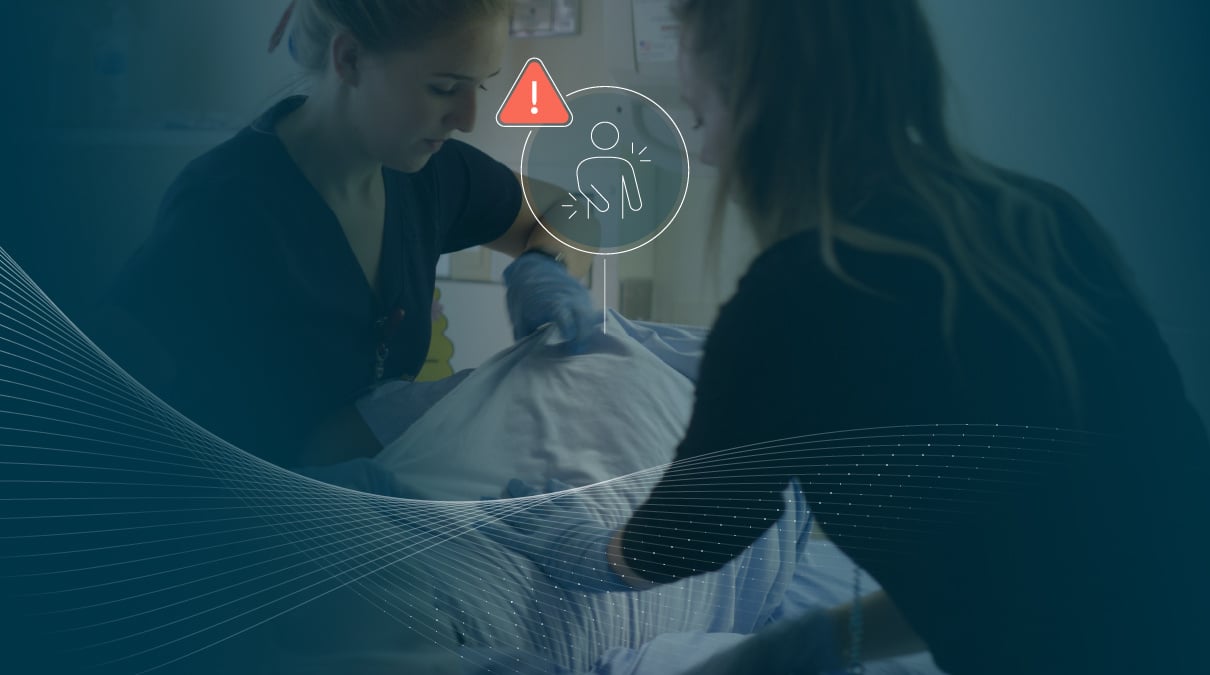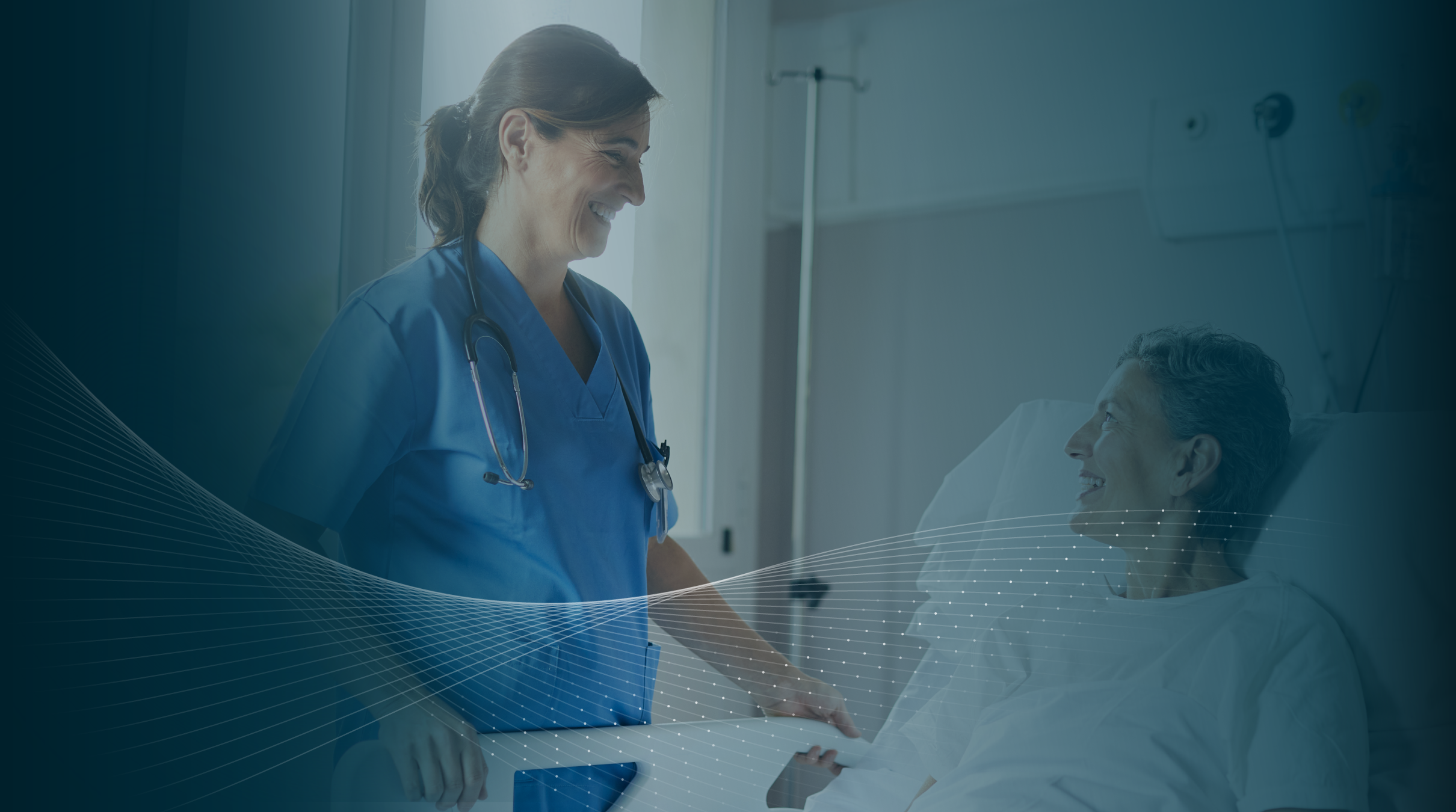Pressure injury prevention: Exploring available technology to support the nursing staff
Hospital-acquired pressure injuries (HAPIs) are a major issue for healthcare facilities globally, impacting both patients and organizations by reducing quality of life and increasing the cost of care and workload. Most pressure injuries are preventable; however, the prevalence of pressure injuries ranges from 11.8% to 13.9% in every healthcare organization.
A common intervention for preventing pressure injuries is frequent patient turning, but compliance with this practice is often low. Pressure ulcers remain a significant healthcare challenge for patients, their families, and caregivers. For many, these injuries cause pain, reduced mobility, and other negative effects that can significantly diminish quality of life. If a pressure ulcer develops during a hospital stay, it may result in a delayed discharge. For healthcare organizations and providers, pressure ulcer prevention remains a critical priority and is considered a key indicator of care quality.

How are organizations dealing with pressure injuries?
While prevention and management strategies are a priority across all levels of a healthcare organization’s workforce, it is primarily ward-based nurses who provide hands-on pressure ulcer care. Although these issues are covered in pressure ulcer training sessions, ward-based nurses often face time constraints. Current international clinical practice guidelines recommend several key pressure injury prevention (PIP) strategies, such as repositioning, using skin protection, and selecting appropriate support surfaces. However, research has shown that compliance with various PIP recommendations in Europe is suboptimal.
Understaffing, lack of resources, complex reporting, and poor patient compliance challenge nurses in their efforts to prevent pressure injuries. Although nurses work to improve prevention, several studies indicate the need for both adequate resources and organizational support to ensure quality PIP is consistently delivered.
Nursing units with stronger safety climates, higher safety behavior scores, higher ratings of hospital and unit quality of care, and lower levels of missed nursing care are associated with lower incidences of pressure injuries.
The economical burden of pressure injuries
Hospital-acquired pressure injuries represent a significant source of morbidity, mortality, and cost burden. These wounds often become chronic, resulting in continued impairments in quality of life, and mortality as high as 60.000 deaths per year worldwide.
The estimated cost burden of pressure injuries in the United States is over 26.8 billion USD per year, 59% of which is due to full-thickness ulcers or those that are Stage 3, Stage 4, or unstageable. Cost estimation for a single hospital-acquired pressure injury of any stage is around $10.000 to $30.000, and a single stage 4 injury can cost organizations $130.000. These costs represent additional direct costs that hospitals pay for the treatment of pressure injuries.

Technology that can improve pressure injury prevention
Technology has become an essential tool in reducing the workload for healthcare professionals, and pressure injury prevention is no exception. With advancements in mattresses, sensors, and AI technology, new solutions have emerged that can effectively help reduce the occurrence of pressure injuries, improve patient comfort, and ease the burden on nursing staff. However, it is crucial to recognize that despite their potential, these technologies come with challenges that must be addressed to achieve optimal results.
Mattresses
There are different types of mattresses designed to help prevent pressure injuries or relieve discomfort once the injury has occurred. Static mattresses are made from single or multiple pressure-relieving foams. Their surface remains static, distributing an individual’s weight evenly over a large area at a consistently low pressure. However, staff must still perform regular skin condition checks and manually reposition patients as needed.
Alternating pressure or air-flow mattresses, on the other hand, relieve and redistribute pressure through a dynamic surface. These mattresses are constructed with rows of lateral air cells that alternate inflation. Airflow is controlled by a pump connected to the mattress, typically attached to the bed's footboard. Inflated air cells provide support, while deflated cells offer relief for the skin above them. The pump ensures constant movement under the user’s skin, with intervals of no pressure. However, while the dynamic surface effectively relieves pressure, it may compromise comfort and produce noise from the compressor.
Studies suggest that air-flow mattresses offer better prevention and healing of pressure injuries compared to static foam or traditional hospital mattresses. However, the evidence is inconclusive regarding their superiority when considering cost factors.
Sensors
A similar type of novel technology is the repositioning monitoring system. This is a reusable system that alerts staff to reposition a patient and can automatically document the data into the electronic health record (EHR). This technology uses sensors, which may be embedded in the mattress or as a wearable device. Applied to the patients' chest, sensors are used to track both time between turns and quality (degree of angle) of turns to increase compliance with turn protocols.
Wearable sensors can enhance repositioning of patients as the sensors allow staff to quickly identify which patients need to be turned. However, nursing staff still need to physically turn patients and incorporate other evidence-based interventions to ultimately prevent pressure injuries. Moreover, these sensors have to have direct patient contact and reapplying the sensors requires the effort of a nurse. The comfort of the patient is also compromised by having to wear the sensor on the body and reapplying them when leaving the bed.
AI
At the cutting edge of pressure injury prevention technology, Artificial Intelligence (AI) offers the most advanced solution. Sensors in the mat under the patient, using an AI system, continuously monitor and analyze patient movements, providing a comprehensive assessment of repositioning needs. These devices learn a patient's movement patterns by tracking actions like bed exits, changing of sides or backrest adjustments. By recognizing these patterns, the AI can accurately alert staff only when a patient requires repositioning assistance—reducing unnecessary interventions. In some cases, the system can even notify the patient to perform micro-movements independently, which studies show can reduce the need for larger staff-assisted repositionings. This leads to less time spent by nurses on frequent room-to-room checks and offers mental relief from constant monitoring.
Additionally, AI-driven devices automatically record patient movements and store their history, seamlessly transmitting this data to documentation portals. This automation significantly benefits both nursing staff and healthcare organizations, especially when it comes to streamlining the process for insurance reimbursements.





